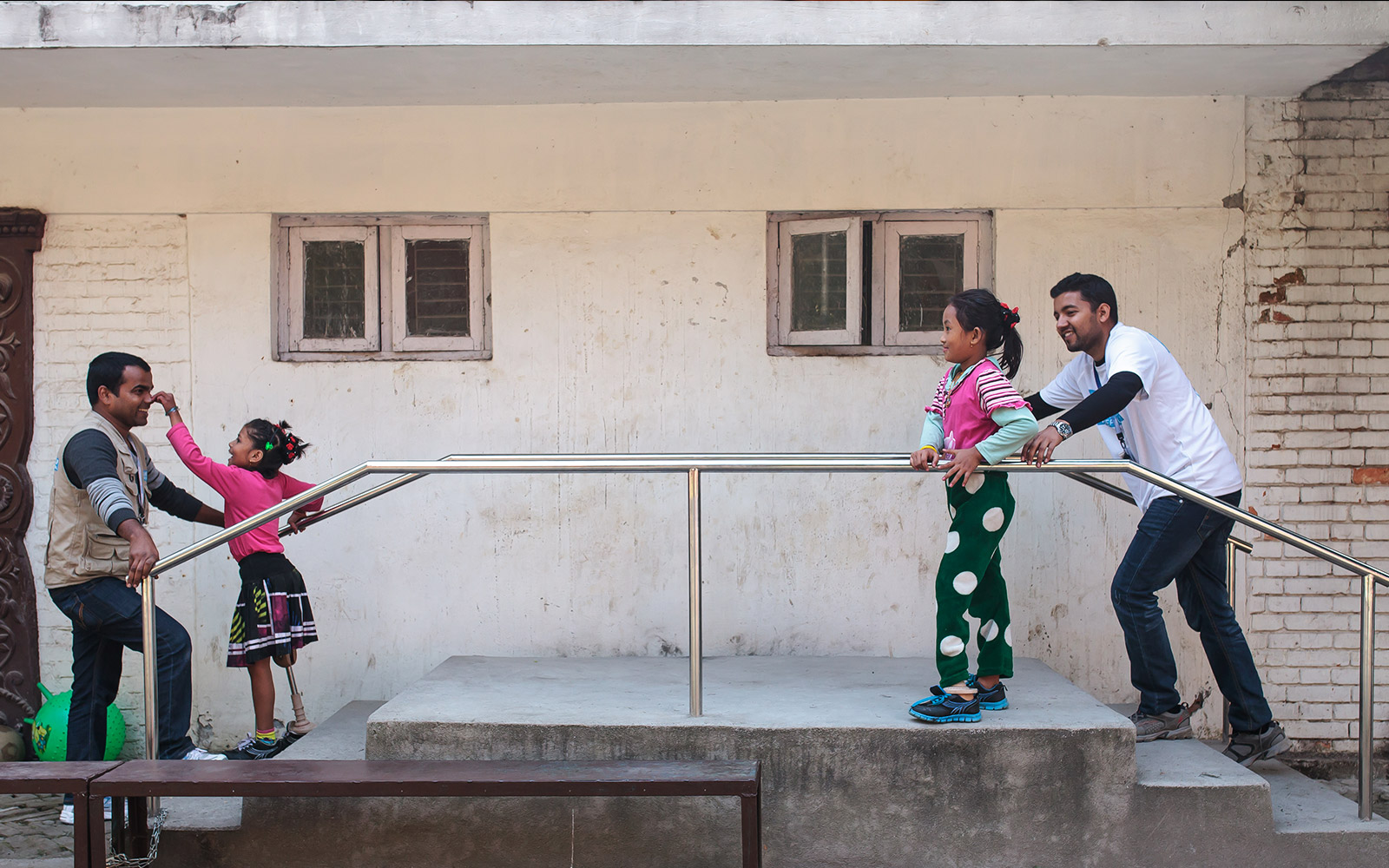


For forty years, Handicap International-Humanity & Inclusion (HI) has been working alongside people with disabilities and vulnerable populations, taking action and bearing witness in order to respond to their essential needs, improve their living conditions and promote respect for their dignity and fundamental rights. Physical and functional rehabilitation has Always been and continues to be at the heart of this mission.
604,716
people having directly benefited
from rehabilitation actions in 2024
72 HEURES
notre temps de réponse
opérationnelle
144
projects with a rehabilitation component
in 45 countries in 2024
440,092
individual rehabilitation sessions
have been organised in 2023
58,286
mobility assistive devices provided in 2023
Our approach
Rehabilitation helps people with impairments, illness or in recovery to reach and maintain their maximum physical capacity. It can also prevent or slow any deterioration in people’s functional abilities. The care provided concerns physiotherapy and occupational therapy-based rehabilitation with input from orthoprosthesistsorthopaedic technologists and orthotic and prosthetic technicians. Rehabilitation professionals use a broad range of technical aids to help people with disabilities, such as crutches, orthoses, prostheses, wheelchairs.
Unique projects, adapted to the setting and each individual’s circumstances
The organisation refuses cookie-cutter approaches—intervention strategies are developed based on a systematic, multisector, detailed analysis which considers:
people's individual situations
The expressed and expected needs of future beneficiaries, the geographical location of identified needs (ease of access, in particular), the potential involvement of the person's family and community, etc.
the environment
The presence, or not, of qualified professionals and services, the capacity of the existing health system to provide continuity of care, and patient follow-up options.
HI sets up community support systems specific to each individual: community-based rehabilitation aims to teach a patient's family and friends simple actions that can help him/her and to improve his/her social integration by raising the awareness of those around him/her.
The above-mentioned analysis enables us to determine the type of intervention, the appropriate level and types of services, as well as any specific actions to be implemented. All our interventions are based on an in-depth understanding of disabling situations, environmental factors, and individual lifestyles. Regardless of the duration of HI's mission in the country, we provide adapted, high-quality, and sustainable rehabilitation services.
Regardless of the duration of HI's mission in the country, we provide adapted, high quality, and sustainable rehabilitation services.
The depiction and use of boundaries, geographic names and related data shown on this map are not warranted to be error free nor do they necessarily imply official endorsement or acceptance by HI.
Different types of intervention
Rehabilitation is a link in a chain that provides comprehensive support to people with disabilities. People who benefit from rehabilitation and adapted equipment can do things for themselves, such as communicating or going to work or school, and find it easier to establish their role in their communities.
- Direct services
- Community-based rehabilitation projects help to develop local human resources capable of identifying, referring, and following up on the people they help
- Support for local actors as they implement high-quality rehabilitation services (technical advice, training, management etc., which also helps bolster regional capacity
- Some health facilities need direct support, so we send in practitioners
- Some states and local authorities turn to HI to implement appropriate, sector-based policies
- Training is key, and our teams offer direct training and also prepare new training programmes.
Building a pipeline of rehabilitation talent
One of HI’s priorities is supplying countries with local rehabilitation professionals and promoting the professions of occupational therapist, physiotherapist, orthopaedic technologist and orthotic and prosthetic technician so that the needs of as many people with disabilities as possible can be met.
We rely on a pool of skilled professionals from these three sectors to implement our rehabilitation projects. But most importantly, we also offer appropriate training and support for authorities responsible for beginner and refresher courses. Indeed, training and upskilling local health actors are vital to the emergence of new rehabilitation professionals and for ensuring that the skills of existing professionals are maintained and improved. Remote training is preferred in emergency situations, such as in Syria and Yemen.
Services for all
In crisis situations, our objectives may focus on rapidly covering urgent needs and, in post-emergency and development settings, on ensuring the transfer of skills and the establishment of appropriate, accessible, and viable services. We endeavour to maximise the skills of local rehabilitation professionals and develop close relationships with the health authorities. We work to obtain rapid, tangible results to facilitate access for people with disabilities to rehabilitation services, whilst ensuring conditions that are favourable to the development of sustainable, high-quality services.
Our organisation oversees a number of research projects intended to improve and develop our methodologies and technical resources. Teams also combine e-learning, 3D manufacturing, and the digital revolution to facilitate the remote monitoring and referral of patients. These resources are absolutely vital to identifying and prioritising needs, rationalising our approach and assessing project impact.
For example, HI places an emphasis on the use of new technologies to reduce the amount of travel required for orthopaedic fitting and rehabilitation appointments or for professional training sessions and coordination meetings between actors.
We make use of telephone and internet networks which are now more widely available. Through our “Access to Rehabilitation Services on Islands” project, we are exploring innovative solutions to the fundamental issue of people’s access to services, notably through the use of new technologies in the rehabilitation sectors in Haiti and Madagascar.
Testing different methodologies and tools can trigger significant changes in how we approach access to rehabilitation, including for governments and non-governmental organisations.
Liimba: Giving a second life to prosthetic limbs
HI collects prosthetic limbs to refurbish them thanks to the Liimba project, to allow the most vulnerable patients to access a prosthesis and regain their mobility.
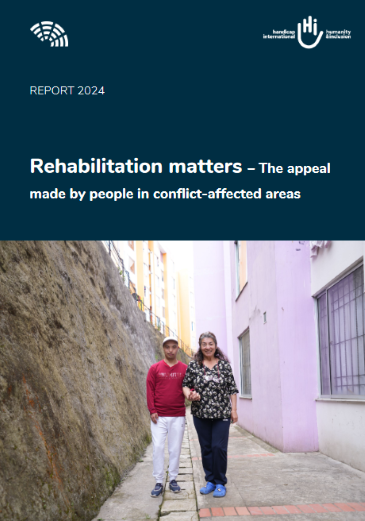



Rehabilitation matters: The appeal made by people in conflict-affected areas
The publication sheds light on the often-forgotten people who struggle to access the services and care they need and to exercise their rights. Their struggle extends beyond the period of conflict, as explosive ordnance and weapons of all kinds contaminate large areas and remain a significant threat, causing indiscriminate harm to the population for many years after.
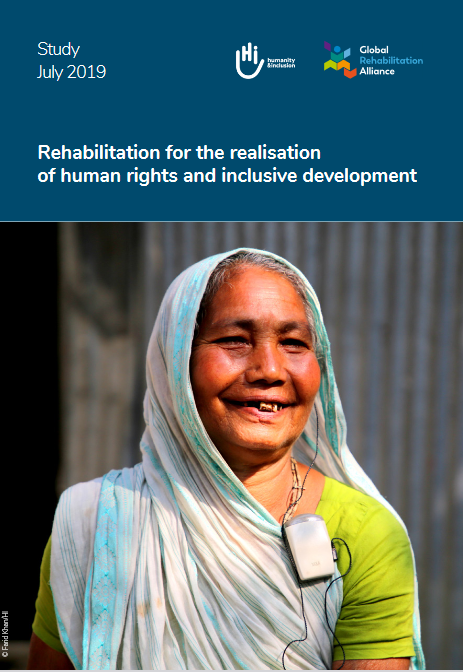



Rehabilitation for the realization of human rights and inclusive development
This report illustrates how rehabilitation contributes to achievement of several of the Sustainable Development Goals (SDGs), improves global health, and promotes the realisation of human rights for all. The purpose of this report is to provide evidence to stakeholders upon which to build successful strategies to improve the availability of quality, coordinated, affordable, and user-centred rehabilitation.
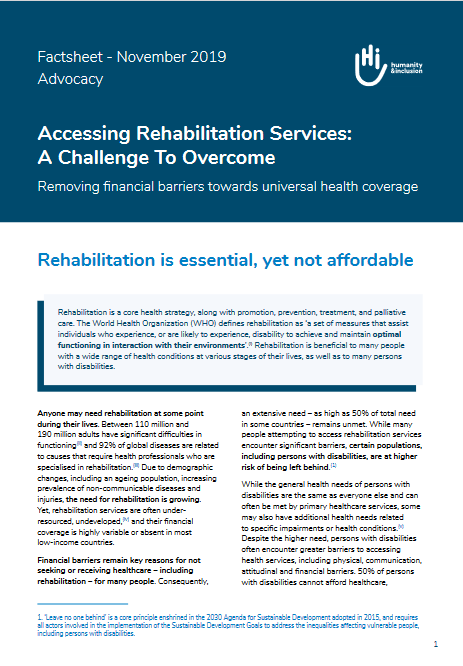



Accessing Rehabilitation Services: A Challenge To Overcome
This factsheet aims at making the case for rehabilitation in the context of universal health coverage. Over the past years, HI has developed and carried out the “iFAR studies” (improving Financial Accessibility of Rehabilitation services). Building on the main findings emerging from these comparative studies in 9 low and middle income countries, the factsheet shows how people in need of such an essential health treatment as rehabilitation are deprived of it due to financial barriers and the lack of efficient social and health protection system. The fact-sheet also contains recommendations to guide effective actions that can improve access to rehabilitation for everyone.
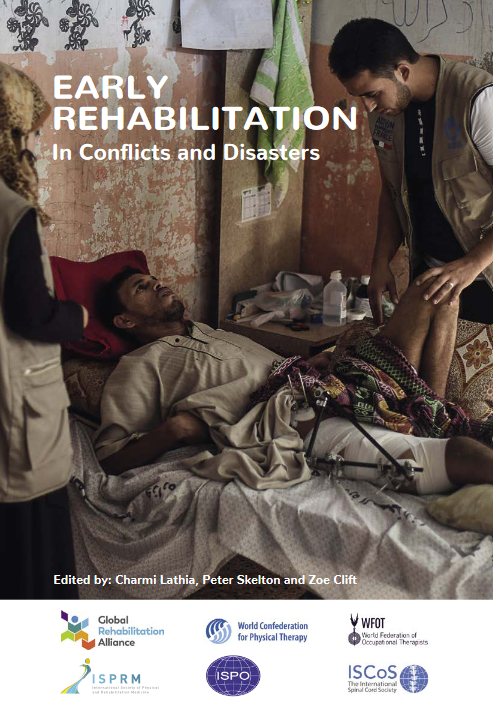



Early Rehabilitation in Conflicts and Disasters
When emergencies strike, there is a huge surge in the need for Early Rehabilitation. Early Rehabilitation for patients with traumatic injuries in conflicts and disasters is now recognised as being an integral part of a patient’s recovery. However, the majority of rehabilitation professionals in countries that experience such emergencies do not have all the skills needed to treat all of the injuries. HI in collaboration with leading organisations (ICRC, MSF-France, CBM, Livability & the WHO) has created the world’s first educational resource package to fill this gap. This educational resource package covers 6 clinical areas: Early rehabilitation of Amputees, of Fractures, of Peripheral Nerve Injuries, of Spinal Cord Injuries, of Acquired Brain Injuries, of Burns.
Pictures: © L. Veuve / HI - © Kate Holt / HI - © F. Vergnes / HI - © B. Gohy / HI



